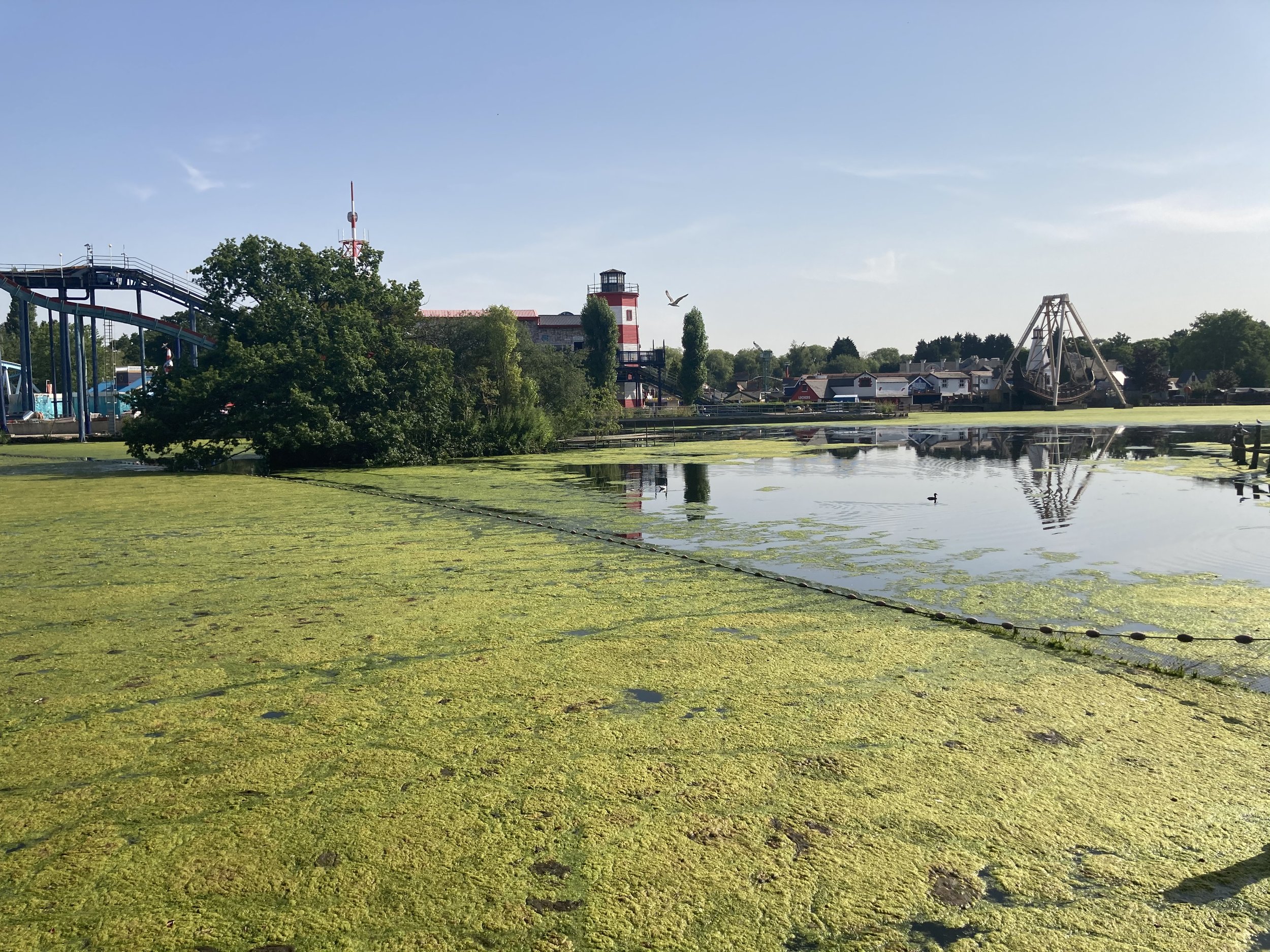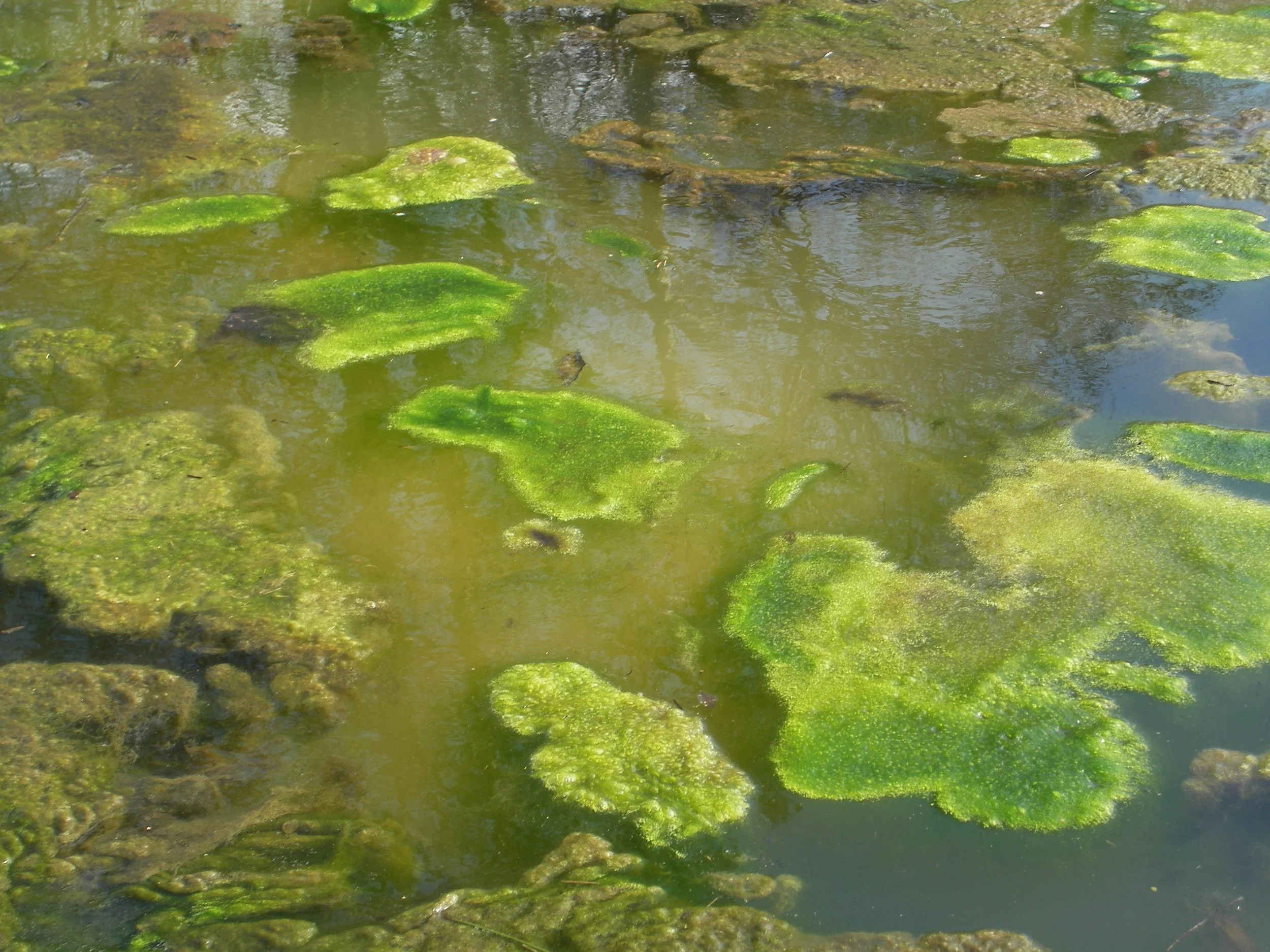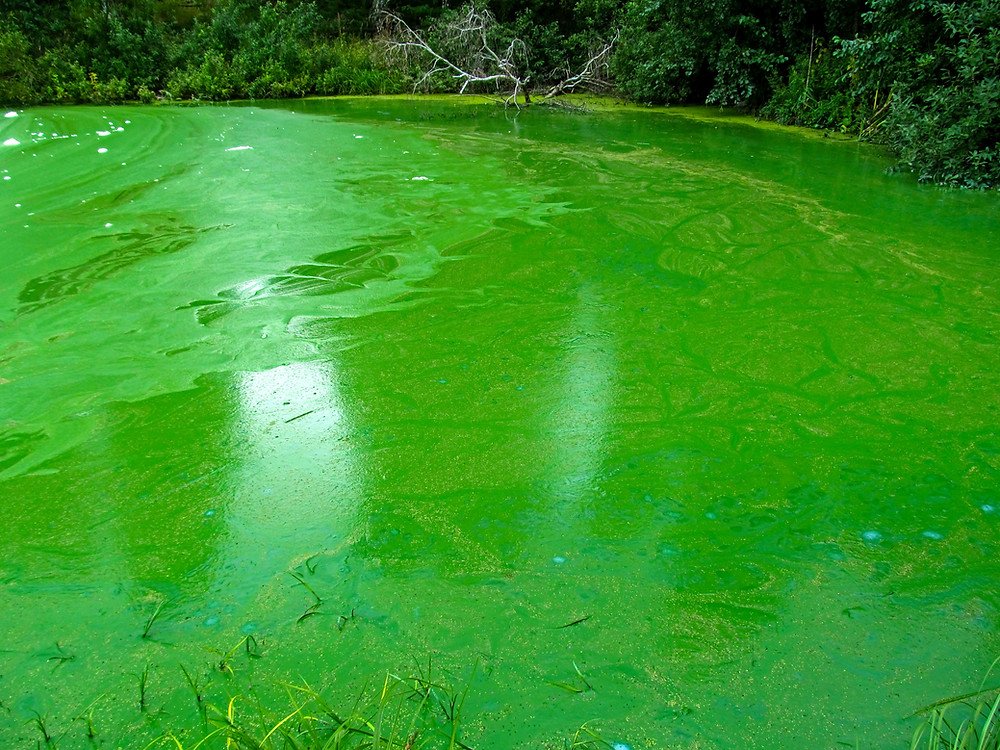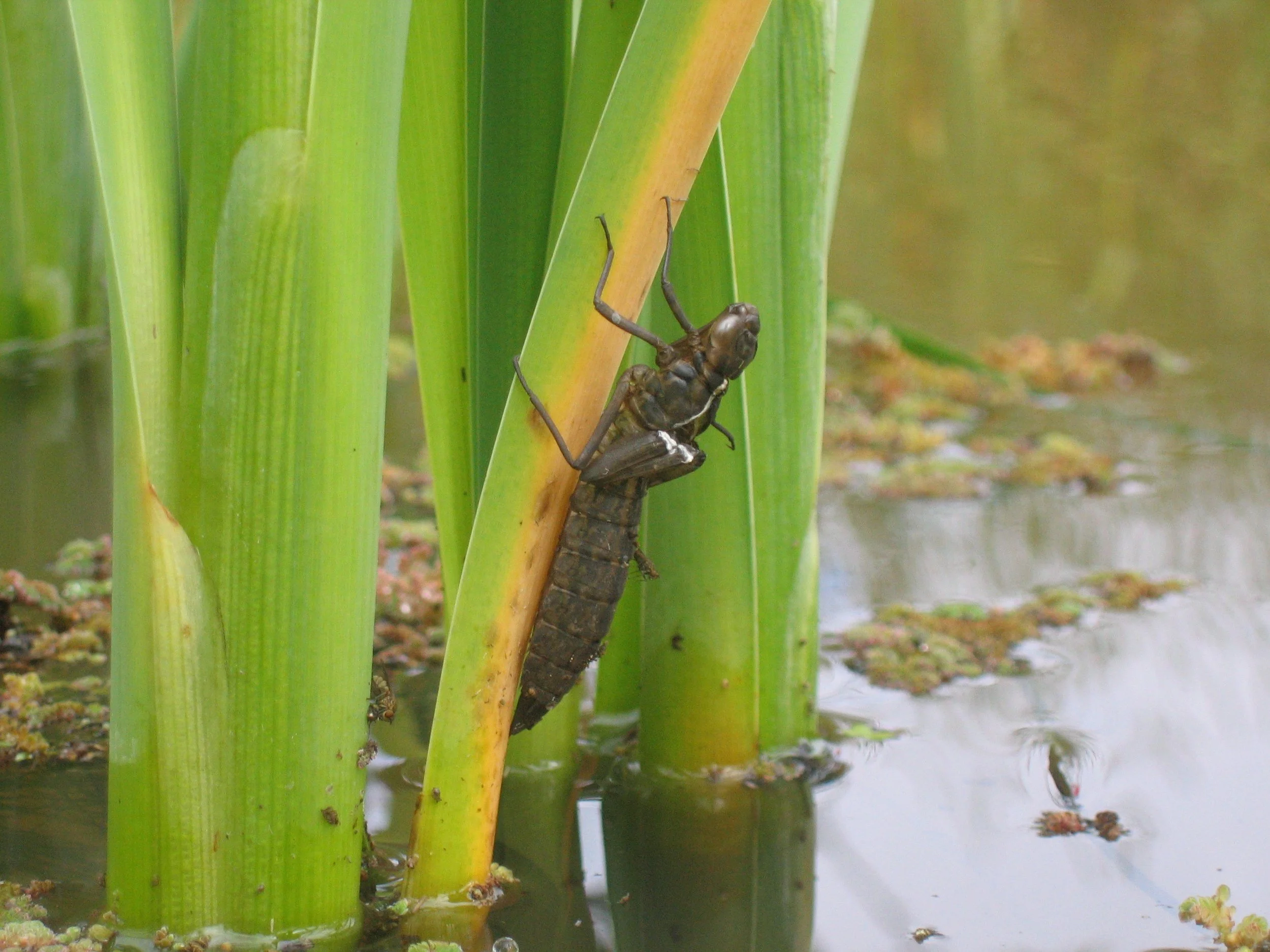Water Quality
If you have an urgent water quality or algae issue please call 01953 886824 and ask to speak to a consultant - we are here to help.
Whether you are a manager of a Fishery, a Boating lake, or an Aquapark then water and its surroundings will be the most critical element of running and maintaining the waterbody as a ‘balanced’ successful aquatic environment.
It is vital for managers to have an understanding of the water chemistry, biology, and environmental factors that can impact on water quality of a waterbody.
Chemical analysis of water quality
Water chemistry in a natural system rarely has a ‘black or white’ answer to an issue, indeed the more that is understood the greater the great complexity of how interwoven water chemistry is with the biology of the waterbody and the significant impacts that the environment has in terms of nutrients, climate change and a whole host of other impacts.
In fisheries, because fish perform all their bodily functions in water, they are totally dependent upon water to respire, feed and grow, excrete wastes, maintain a salt balance, and reproduce. Because of this to a great extent, water quality will determine the success or failure of a fishery.
AGA Group Consultancy (AGA) offers a complete chemical water quality analysis service, this can be to identify a one-off problem or provide ongoing water quality surveillance. AGA can sample, test, and analyse all of the key parameters required to determine the optimal and of course sub-optimal water quality conditions of a fishery or any other type of waterbody. Whilst a ‘one-off’ water sample analysis is often key to discovering and diagnosing an issue; it should be noted that frequent monitoring of the chemical parameters along with the pH and dissolved oxygen (DO) will help to ensure that changes and potential problems are recognised.
Because the biology and surrounding environment can both impact chemical water quality it is suggested that where appropriate some other investigations are carried out such as an assessment of the algae and the hydro-soil.
Algae
Algae (phytoplankton) are a critical component of an aquatic ecosystem important, whilst their importance may not be appreciated their prominence is very much a part of a waterbody that the manager does notice. The increase in eutrophication from agriculture, the environment, and social development coupled with the effects of climate change have made algae dominant in many waterbodies where until recently they existed in balance with the wider ecology.
Algae are critical as they form the base of the food chain, however, once the system becomes unstable and the equilibrium between algae and the zooplankton that graze upon them is upset algae can become a nuisance and make returning the waterbody in question back into balance very difficult.
The phytoplankton consists of a very diverse mixture of microscopic organisms such as diatoms, green algae, and 'blue-green algae’ (BGA)' also known as cyanobacteria. and others. The communities of different species of algae will certainly change with the season, whilst the population density of each species will also vary greatly from very few individuals (cells) to very large numbers, this is often referred to as a ‘bloom’. There are many things that can affect the size of the algae community so knowing the species present and in what numbers can be a very useful water quality indicator both on its own and when linked to and cross-referenced against chemical analysis.
'Blue-green algae' (BGA) cyanobacteria
When levels of BGA reach levels that are considered to be high they can become unsightly give off rather noxious odours and most concerningly can also release toxins. These toxins can be harmful to animals and humans causing sickness, and skin irritation. There is a ‘duty of care’ to users of a waterbody owed to them by the management who are responsible for identifying BGA and dealing with and mitigating any risk that it presents to waterbody users.
AGA Group Consultancy (AGA) offers a complete algae analysis service, this can be to identify a one-off problem or provide ongoing algae surveillance. AGA can sample, test, and analyse algae and offer solutions where problems exist. Whilst a ‘one-off’ sample analysis is often key to discovering and diagnosing an algae issue; it should be noted that frequent monitoring will help to ensure that changes and potential problems are recognised and successfully mitigated.
Invertebrate Surveys
The Biological quality of a waterbody can be a very important element of the data required to understand the overall water quality simply because along with the environment is can have a direct impact on the chemical quality of water. Invertebrates and particularly aquatic macro-invertebrates, those that live in waterbodies can be reliable indicators of both historic or intermittent incidents of pollution.
AGA utilises The Biological Monitoring Working Party (BMWP) scoring system, which is a recognised method of assessing water quality. Families of insects such as mayflies and caddisflies as well as other aquatic invertebrates such as freshwater shrimps are allocated a BMWP score. Once the sample is surveyed, the total score is calculated. This data can be used to identify diffuse and point source pollution including sewage treatment works and agricultural runoff as well as general water quality.
When monitored as part of an ongoing management regime a good data set can represent long-term trends in water quality.
AGA Group Consultancy (AGA) incorporates within its suite of surveying services the ability to carry out invertebrate surveys and all waterbodies including ponds, lakes, and rivers.
Get in touch with our team if you need any advice on our consultancy services.





